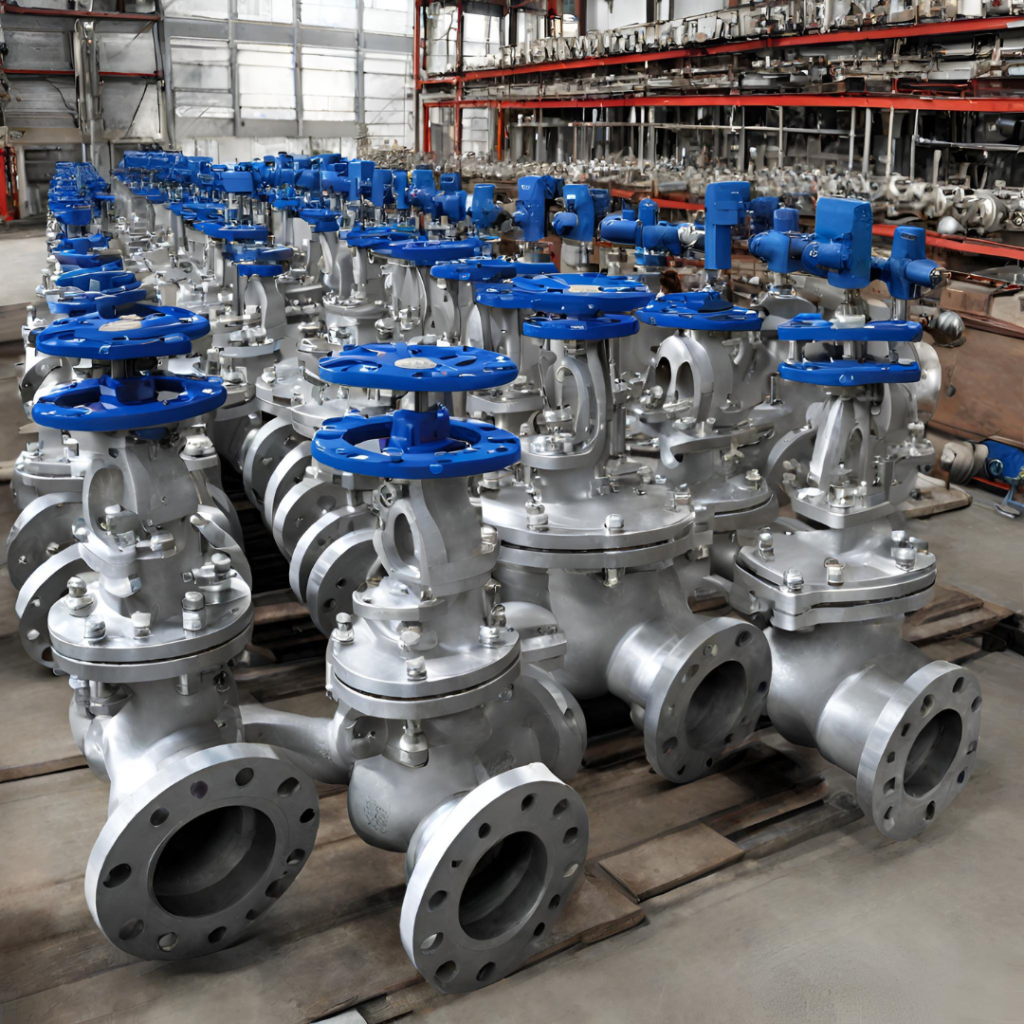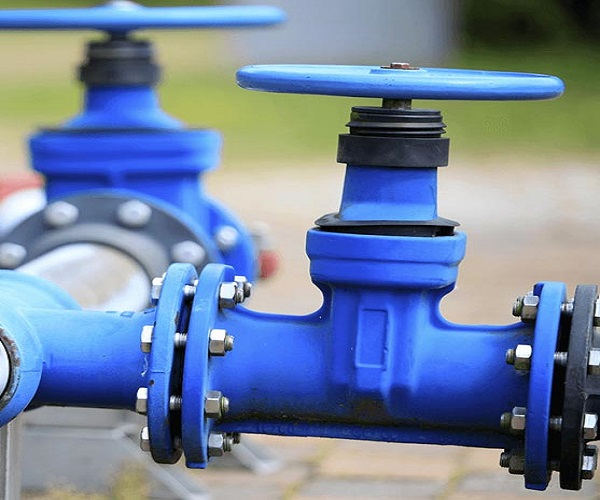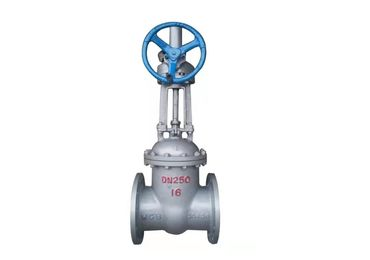
When it comes to controlling the flow of fluids in pipelines, two commonly used valves that often come into play are the globe valve and the gate valve. These two types of valves serve distinct purposes and have their own unique characteristics, making them suitable for specific applications. Understanding the differences between globe valves and gate valves is crucial for engineers, plumbers, and anyone involved in fluid control systems. In this blog post, we’ll dive into the intricacies of these valves, exploring their designs, functions, and the scenarios in which they excel. By the end, you’ll have a clear grasp of when to choose a globe valve and when a gate valve is the better option for your fluid control needs. So, let’s begin by unraveling the fundamental disparities between these two essential components of fluid management.

Globe Valve
A globe valve, also known as a throttle valve, is used to control the flow of media by separating two interior chambers with a moving plug and a stationary seat. The plug can be screwed in to close the valve against the seat.
Globe valves control or shut off the flow of liquids or gases in pipelines. The spherical shape of the body gives rise to the moniker “globe valve.” Two halves of the body are separated by an internal baffle.
While globe valves do have a higher pressure drop than other valves, they are typically used where the pressure drop through the valve is not a controlling factor.

Gate Valve
A gate valve is a type of control valve that enables or prevents liquids and gases from flowing through a system. Gate valves have a clean channel that results in low pressure loss across the valve. As a result, gate valves are a popular choice for a wide range of fluid applications.
Gate valves, despite their popularity, are slower than quarter-turn valves. As a result, they should only be used fully open or closed, and not to moderate flow.

Globe Valve vs. Gate Valve
In terms of Flow Properties
A gate valve is a straight-through, bi-directional valve, which means that it can allow flow in both directions. The only time the flow changes is when the gate valve is closed, and the flow ceases.
A globe valve, on the other hand, has more flow path turns. A globe valve diverts flow in a specific way because it has an inlet and an outlet port. Typically, an arrow outside the valve’s body will indicate the valve’s flow direction. The flow diversion also results in a large pressure drop through the globe valve.
In contrast, the pressure drop of a gate valve is nearly non-existent.
In terms of Valve Function
Gate valves and globe valves can both function as on/off valves. A gate valve is not meant to be used to throttle flow, but a globe valve can. Flow is diverted within the globe valve, becoming parallel to the valve seat. Globe valves become efficient flow throttlers as a result of this design. At higher diameters, globe valves become inappropriate for throttling flow. Gate and globe valves can be manually, pneumatically, or electrically actuated.
In terms of Visual Differences
Body: The body of a gate valve is typically rectangular or wedge-shaped. Meanwhile, the body of a globe valve is rounder, especially at its bottom.
Max height: Gate valves are usually higher when opened than globe valves.
Flow direction indicators: Gate valves are bi-directional, while globe valves are uni-directional.The flow direction and the fact that the valve is a globe valve are indicated by a marking on the valve, such as an arrow.
In terms of Applications
Globe valves
§ Cooling water systems: Globe valves control water flow in cooling water systems to maintain a desired temperature.
§ Chemical injection systems: Globe valves work well in industrial systems that need control over chemicals in reaction vessels or process streams.
Gate valves
§ Bulk material handling systems: Gate valves are used to control the flow of bulk commodities such as grains, coal, and gravel in heavy-duty activities (such as mining, agriculture, and construction).
§ Water distribution systems: Many water distribution system components do not require precise flow control. For this reason, gate valves are a suitable choice, as they can stop or allow flow.
|
Globe Valve |
Gate Valve
|
Ports
| Can have a three-port configuration for straight-through flow | Two ports
|
Weight
|
Heavier |
Lighter
|
Installation space
|
It requires less vertical space but more horizontal area.
| If you have a rising-stem style that requires more vertical space but less horizontal space. |
Leakage
| Because force is imparted to the disc when closed, it seals more effectively. |
Good sealing properties
|
Cost | Because of its intricate structure, it is more expensive than a gate valve. |
Cheaper
|
Operating conditions
| Can operate at higher temperatures | Can operate at higher pressures.
|
Power requirement
| It needs a large amount of force or an actuator to close under high-pressure | Needs less power to close under high-pressure
|
Flow restriction/pressure drop
| Flow diversion within the valve’s body creates a significant pressure drop | Full-bore valve, meaning there is no reduction to flow and pressure drop is insignificant |
Flow direction
| Unidirectional
| Bidirectional
|
Flow capacity
| Lower | Higher
|
Flow control
| Can be utilized for on/off control and flow throttling. | Can only be used for on/off control and cannot control flow. |
Application
| Used for flow regulation (e.g., cooling water and fuel oil systems).
| Better suited for slurry due to less space in the valve’s body for silt to become caught and build up. |
Selecting Between Globe Valves and Gate Valves
§ Flow control: If your application demands flow modification, go with a globe valve.
§ Flow capacity: If a large flow rate is required, use a gate valve.
§ Flow direction: If your application demands bi-directional flow, use a gate valve.
§ Pressure drop: If only a small pressure drop is required, use a gate valve.
§ Sealing: Choose a globe valve for applications that require excellent sealing.
§ Contaminated media: If your application involves slurry or other contaminated media, use a gate valve.






